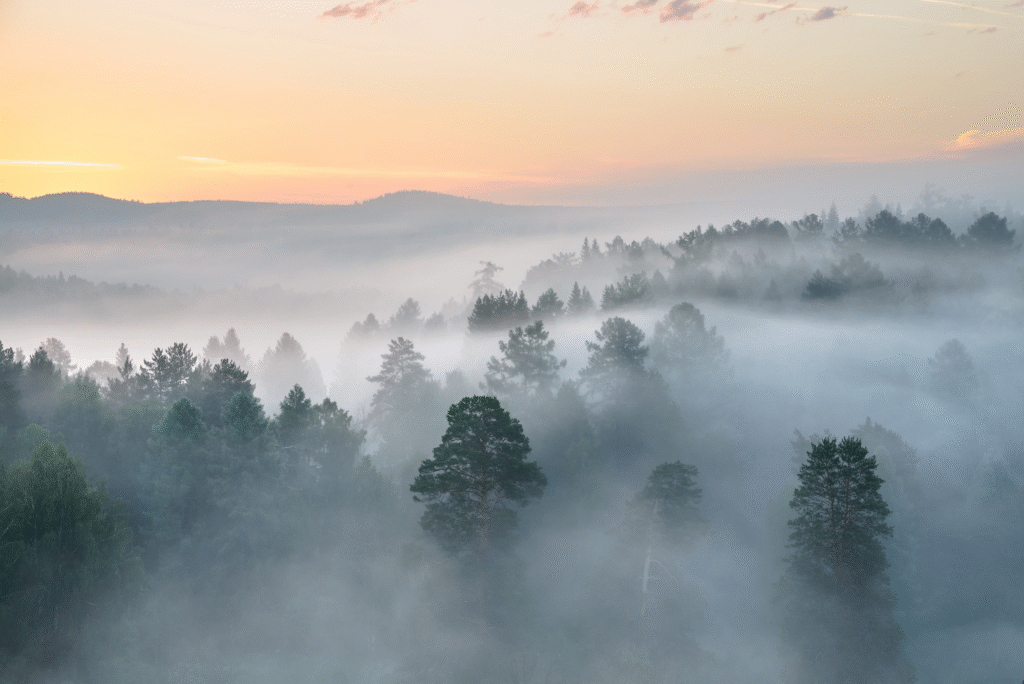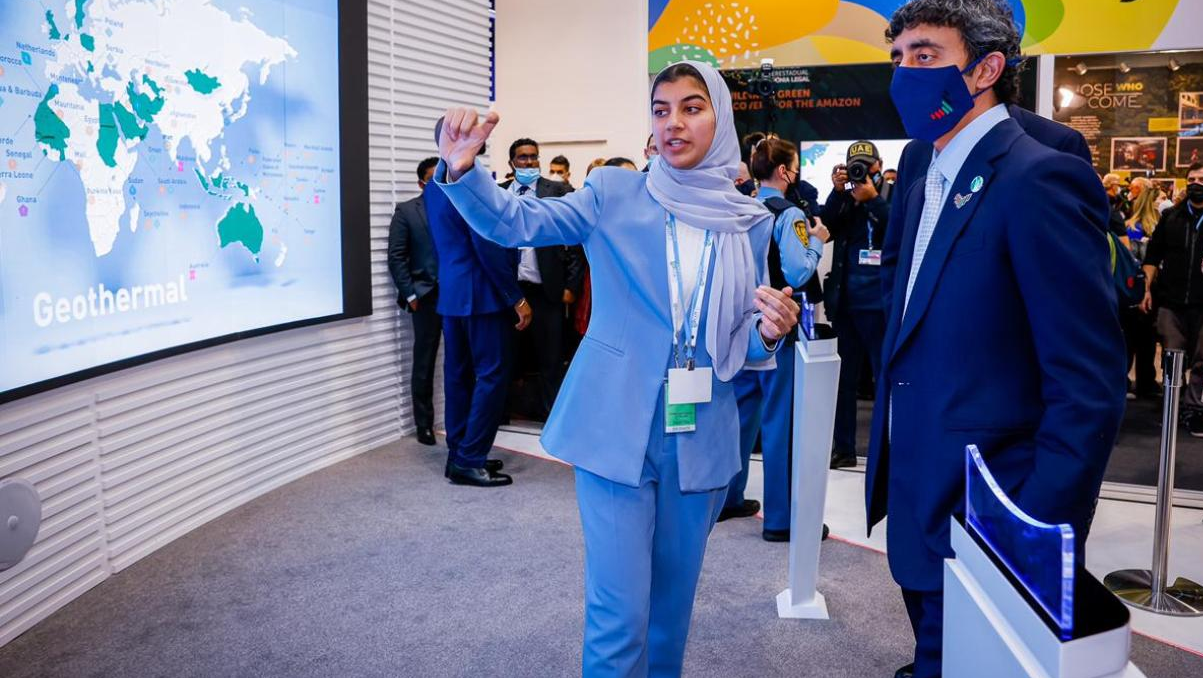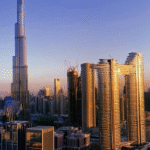Now Reading: Where Does Rain Come From? Discover Nature’s Amazing Water Cycle 2025!
-
01
Where Does Rain Come From? Discover Nature’s Amazing Water Cycle 2025!
Where Does Rain Come From? Discover Nature’s Amazing Water Cycle 2025!

Table of Contents
Have you ever wondered where rain comes from, how rivers stay full, or why the ocean never runs dry? The answer lies in one of nature’s most important and fascinating systems: the water cycle. This invisible process is constantly moving water around our planet, making life possible for plants, animals, and people.
In this article, we’ll explore the water cycle step by step, using easy language so everyone can understand how it works — and why it matters.
What Is the Water Cycle?

The water cycle (also called the hydrologic cycle) is the process by which water moves around Earth. It travels through the air, across the land, and under the ground — and then back again.
This cycle never stops. Water keeps changing forms — from liquid (like rain) to gas (like vapor) and even to solid (like snow or ice). But the total amount of water on Earth stays about the same
Step 1: Evaporation – When Water Turns into Vapor
The first stage of the water cycle is evaporation. This happens when the sun heats up water in rivers, lakes, oceans, or even puddles.
When the water gets hot enough, it turns into water vapor — a gas that rises into the air. You can think of this like steam from a boiling pot. The warmer the temperature, the faster the water evaporates.
Even sweat from our bodies evaporates into the air, which is why we cool down on a hot day.
Step 2: Transpiration – Plants Release Water Too
Plants also play a big role in the water cycle through a process called transpiration. Water absorbed by plant roots travels up through their stems and leaves. Then, it is released into the air as vapor through tiny pores.
Together, evaporation and transpiration are called evapotranspiration. They both help move moisture into the atmosphere.
Step 3: Condensation – Water Vapor Becomes Clouds
As the water vapor rises higher into the sky, it gets cooler. When it cools enough, the vapor turns back into tiny water droplets. This is called condensation.
These droplets come together to form clouds. If enough droplets stick together, the clouds get heavy and dark.
This is the same process that makes water form on the outside of a cold drink — the air around it cools down and moisture condenses.
Step 4: Precipitation – Rain, Snow, or Hail Falls
Once the cloud becomes full of water droplets or ice crystals, it releases them as precipitation. This can be:
- Rain
- Snow
- Sleet
- Hail
The type of precipitation depends on the temperature. If it’s cold, you get snow or ice. If it’s warm, you get rain.
This is how water comes back down to the Earth’s surface.
Step 5: Collection – Water Returns to Earth
After precipitation, the water collects in different places:
- Rivers and lakes
- Oceans
- Underground aquifers
- Soil and plants
Some water soaks into the ground (called infiltration) and becomes part of the groundwater. This is the water we use in wells and some drinking systems.
The rest flows into rivers and oceans, and the cycle starts again.
Why the Water Cycle Matters
The water cycle is essential for all life on Earth. Here’s why it’s so important:
Provides Drinking Water
Without the water cycle, we wouldn’t have fresh water to drink. Rain and groundwater are major sources of our water supply.
Supports Farming
Crops rely on rain and soil moisture. The water cycle keeps the ground fertile and helps grow the food we eat.
Cleans the Environment
As water moves through the cycle, it can help clean the air and soil. Rain can wash away dirt and pollution, and groundwater filters through rocks.
Regulates Climate
The movement of water helps control Earth’s temperature. Oceans, clouds, and rainfall all play roles in keeping the planet balanced.
Fun Facts About the Water Cycle
- 97% of Earth’s water is in the oceans. Only 3% is fresh, and most of that is locked in ice!
- Water can stay in the ocean for up to 3,000 years before it evaporates.
- A single water molecule can travel the whole world through the water cycle.
- The same water dinosaurs drank is still on Earth today — just recycled!
How Humans Affect the Water Cycle
Our actions can help or harm the water cycle:
- Pollution makes rainwater and rivers unsafe.
- Deforestation reduces transpiration and changes rainfall patterns.
- Urban development causes more runoff and less water soaking into the ground.
- Climate change affects evaporation, rainfall, and weather.
By protecting our water sources and reducing waste, we help keep the cycle healthy.
In Simple Words: The Water Cycle Summary

- Evaporation – Sun turns water into vapor.
- Transpiration – Plants add water vapor to the air.
- Condensation – Vapor turns into clouds.
- Precipitation – Clouds release rain, snow, or hail.
- Collection – Water gathers in rivers, oceans, or underground.
And then the cycle repeats — over and over, every day!
Final Thoughts
The water cycle is one of the most amazing and necessary systems on Earth. It might be invisible most of the time, but it touches every part of our lives — from the water we drink to the weather we experience.
By learning how it works, we can better appreciate and protect our planet’s most precious resource: water.
Read More:- Deyaar’s Latest Announcement Shakes Up the UAE Property Market






















